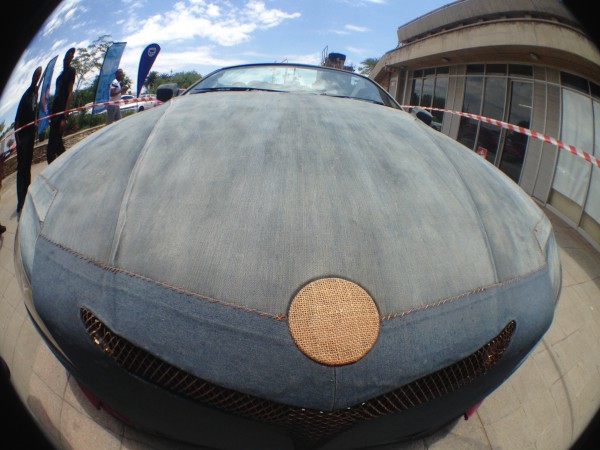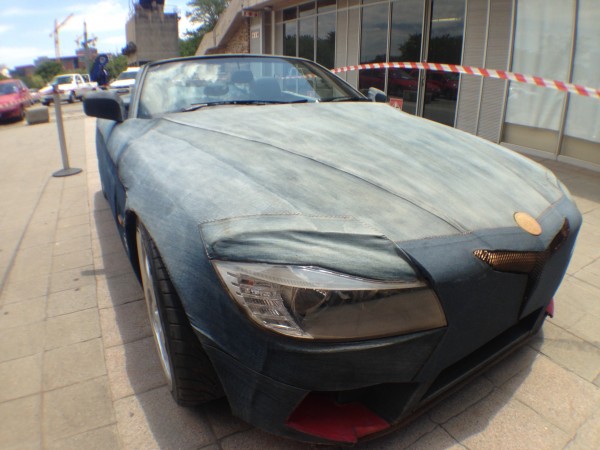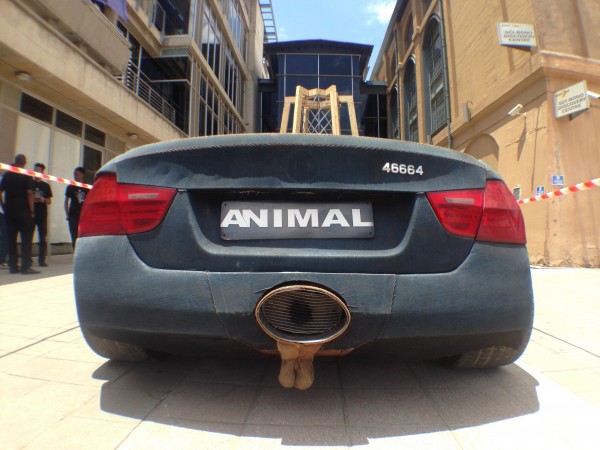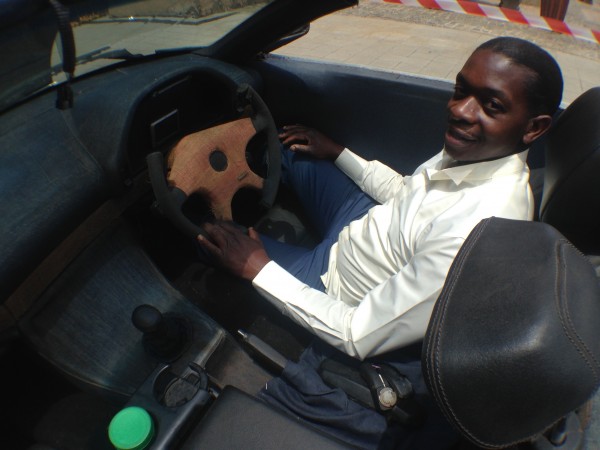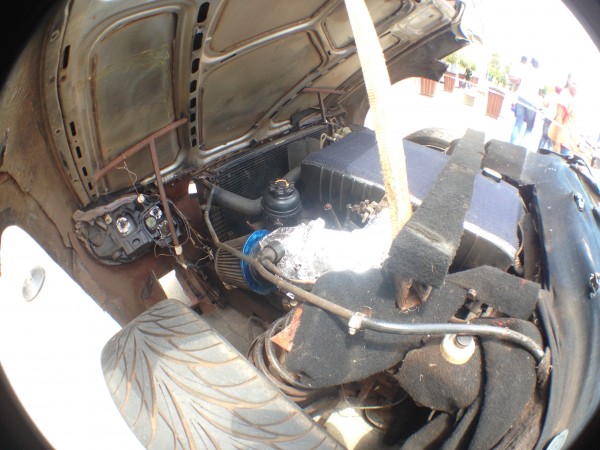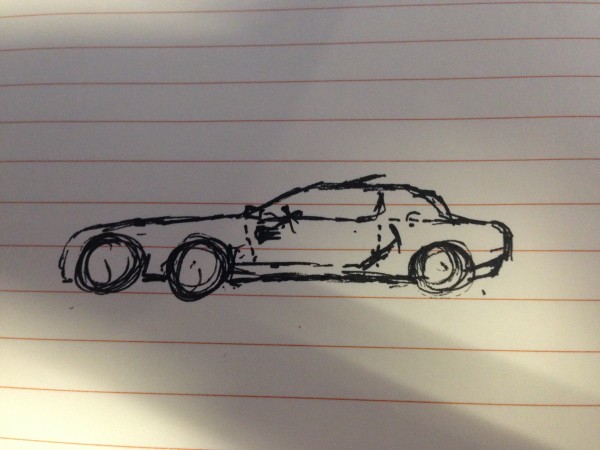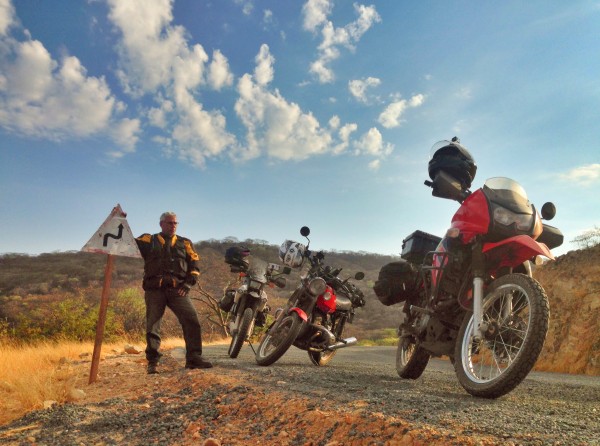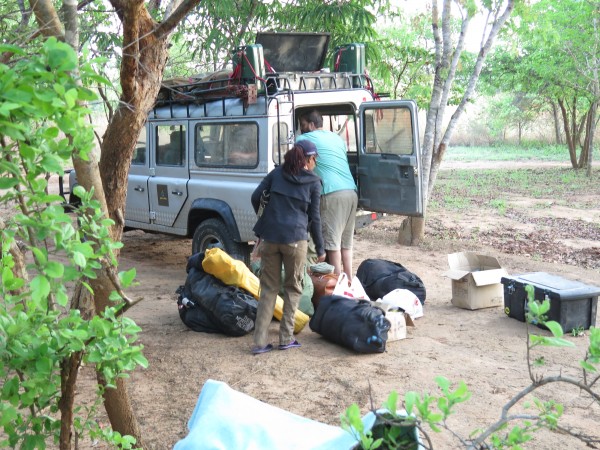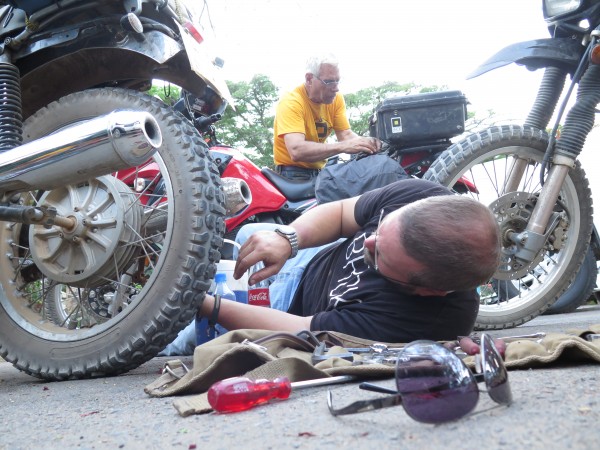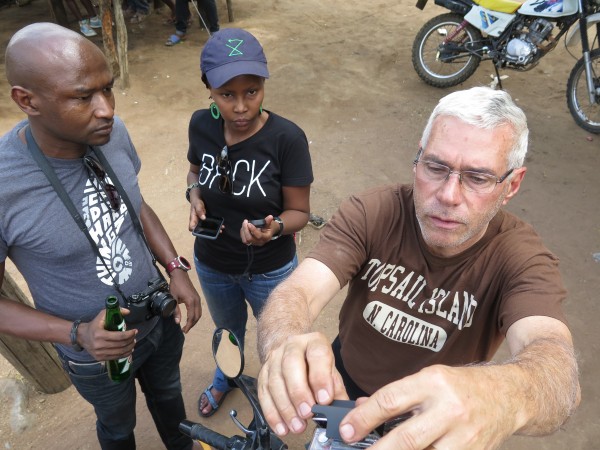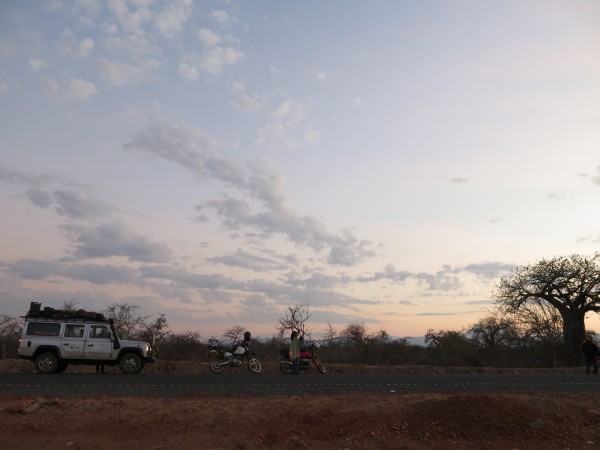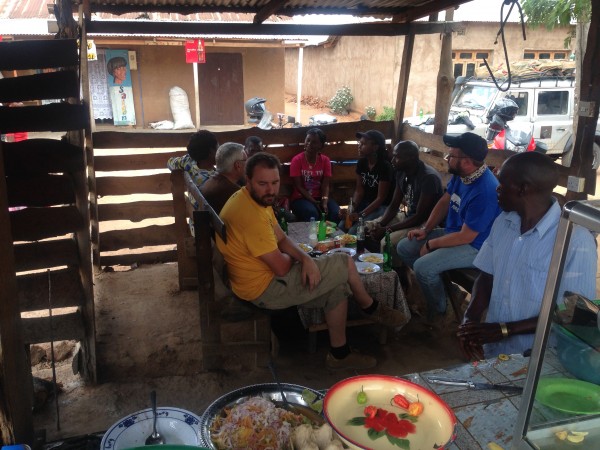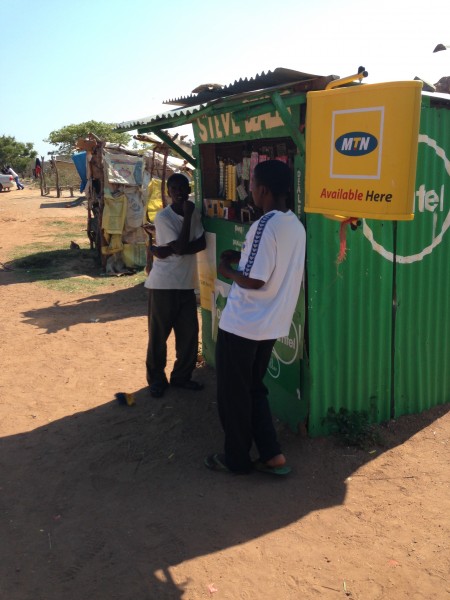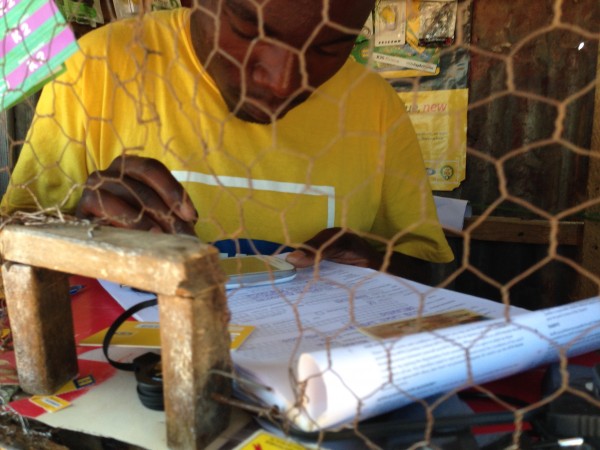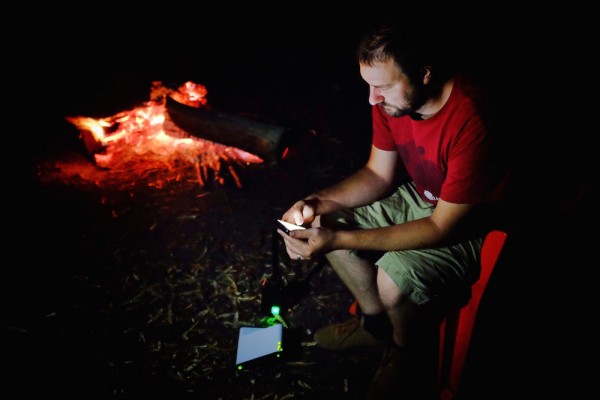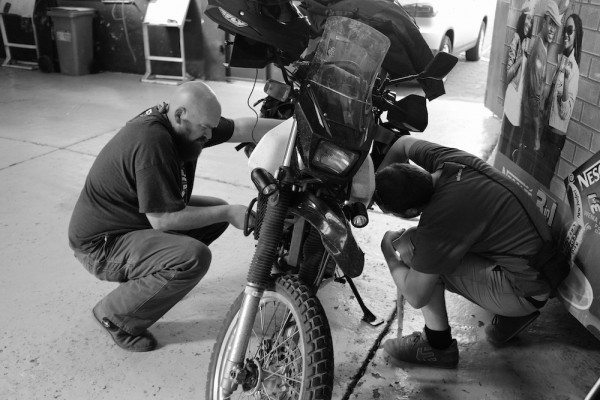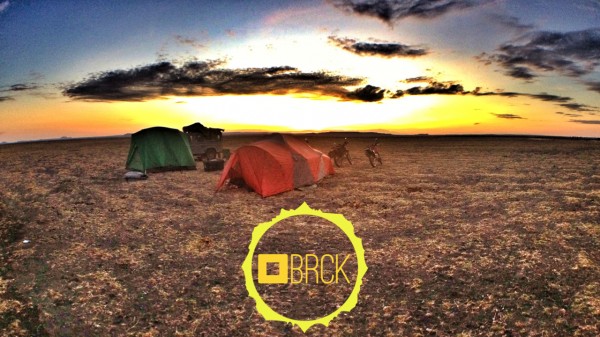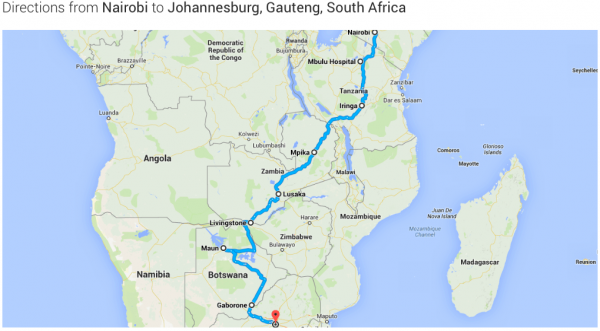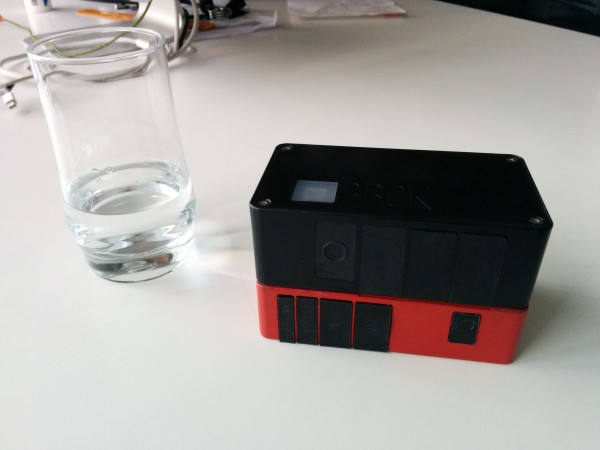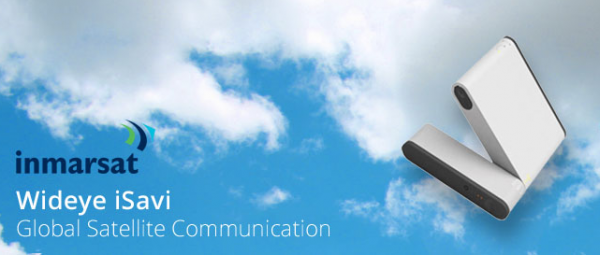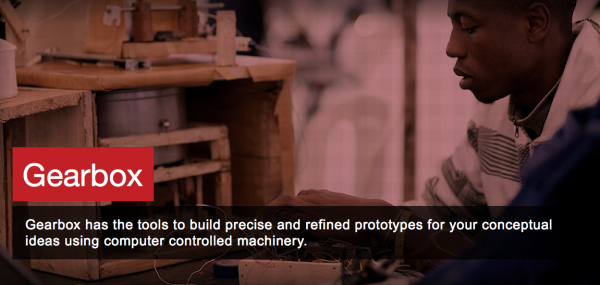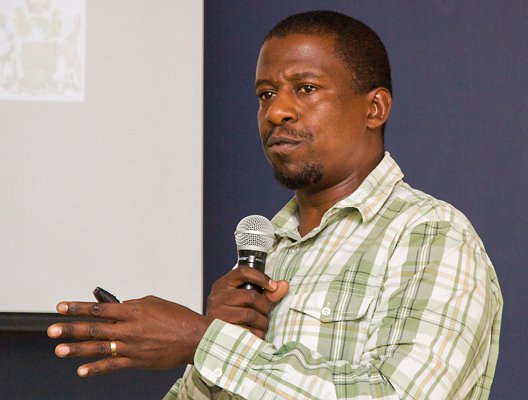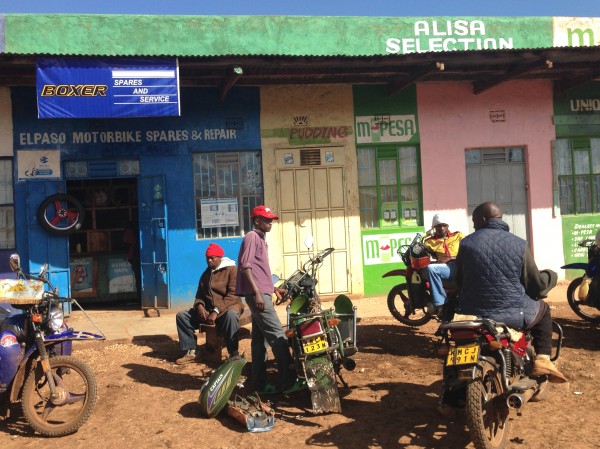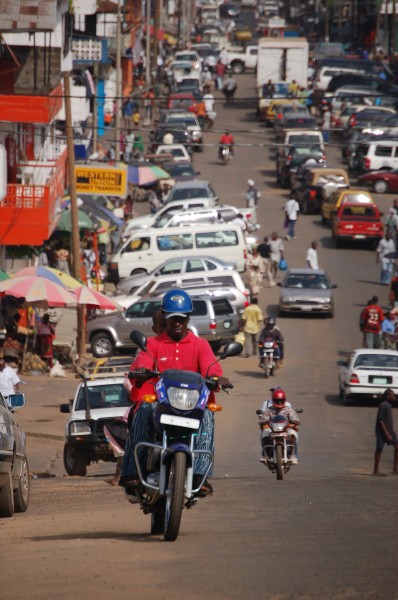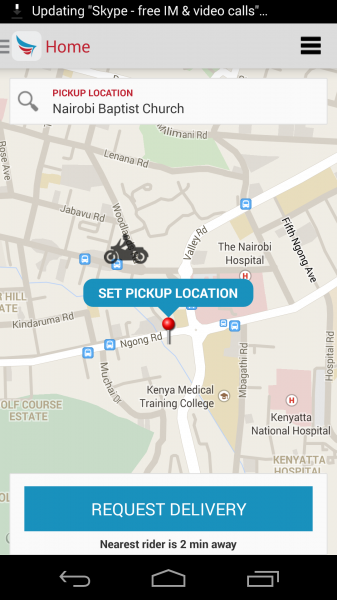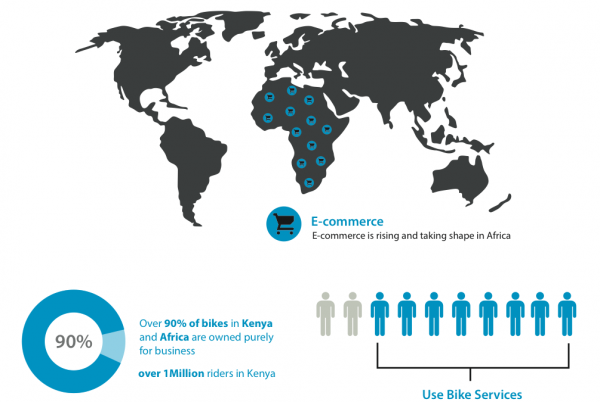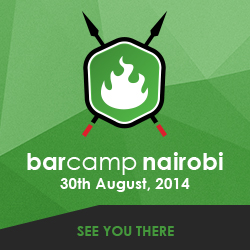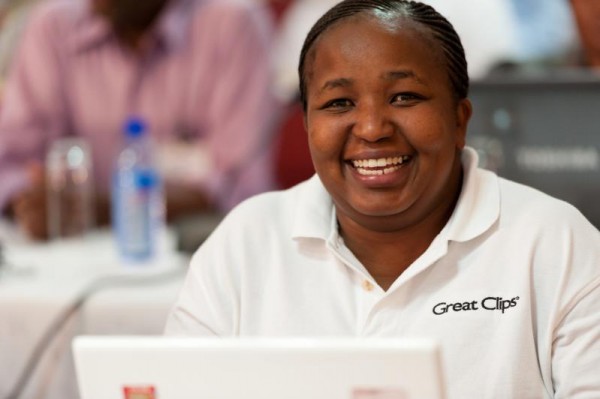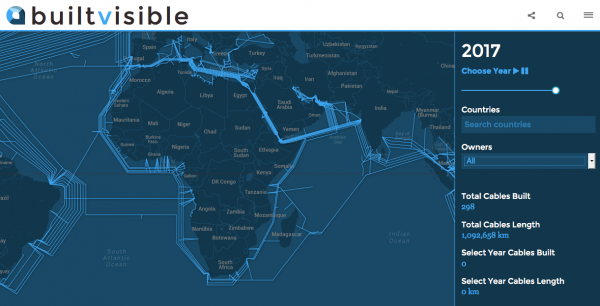TL;DR – We’re chilling by Victoria Falls today, a 5-hour drive took us 11-hours yesterday, and someone stole our med kit, a vest and 300m Nikon lens in Livingstone today.
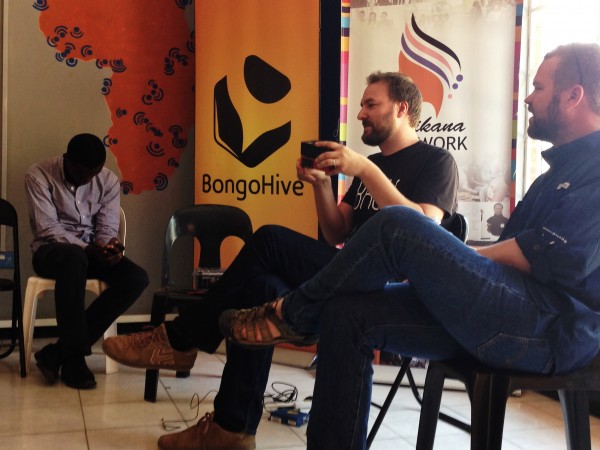
Reg and Philip giving a BRCK demo at Bongohive
Friday was amazing. We had gotten in the night before to Lusaka, and this meant we got to spend the whole day with the BongoHive team and the rest of the tech community here. They were some of the most hospitable people, and we gave demos/talks on the BRCK, as well as Mark giving a talk on User Experience (UX), which was one of the best talks I’ve heard in a long time. Later, I gave a talk on Savannah Fund and raising investment money for startups, and the whole evening was finished by Juliana and myself giving a joint keynote to get the local Startup Weekend going. Busy, and fun!
It’s interesting, with Lusaka being a smaller, though major African city, they have the ambitions of larger things. However, their issues become more challenging than people who live in some of the larger cities like Lagos, Cape Town or Nairobi, since there isn’t the critical mass of things like investors, customers or talent. It seems like the strategy to build a big company is that you have to move across borders and anchor off of a larger region more quickly.
A Day Off on the at Vic Falls
Today I’m sitting in a camp on the edge of a tributary to the Zambezi river, a couple kilometers from Victoria Falls. The rains have been late here, so everything is dry, including the falls themselves – they’re still epic, but not nearly the same as the real falls. We went out there this morning to get a few pictures, and were able to get the BRCK connected from “Danger Point”.
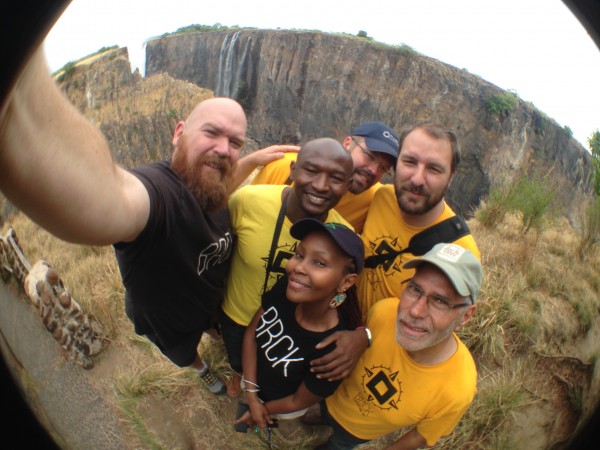
The BRCK Expedition at Victoria Falls
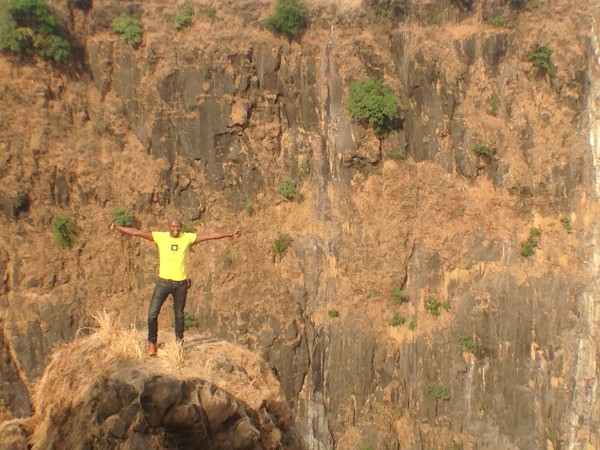
Mark Kamau of the iHub UX Lab at Victoria Falls, Danger Point
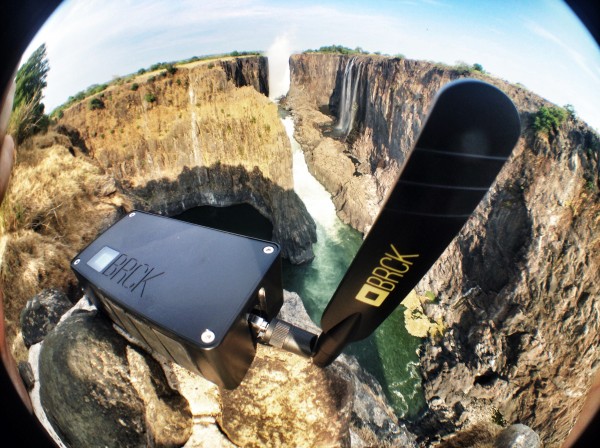
BRCK at Vic Falls
Today is mostly about rest. We’re doing a bit of testing, connecting the BRCK to the vehicle mounted Poynting antenna, and then amplifying that with a Wilson booster, which successfully turns a non-existent signal on a mobile phone into a 19 (with antenna) and then a 61 (with amp + antenna). It’s great to have a device like this where we can get such great connectivity wherever we go.
Mark has begun his lessons on how to ride a motorcycle today. He’s been busy putting around the campsite this afternoon with a big fat grin on his face. 🙂
Mark Kamau learns to ride a bike at Victoria Falls from WhiteAfrican on Vimeo.
The Road to Livingston
We had an interesting day yesterday, with a plan for a 5-6 hour ride from Lusaka to Livingstone. It turned into an 11-hour drive though, since the Land Rover had some issues with air in the fuel line. For a while, we could only go 20km at a time before it would stop and we’d have to bleed it. Luckily Philip really knows his way around a diesel engine, we worked through all the obvious issues and finally got it to go 100km before we had to bleed it again.
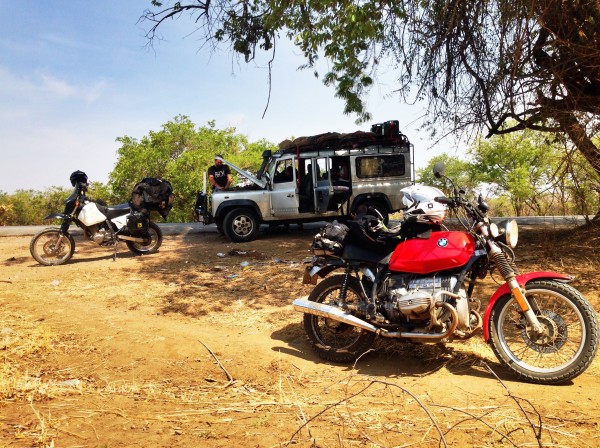
Fixing the Land Rover
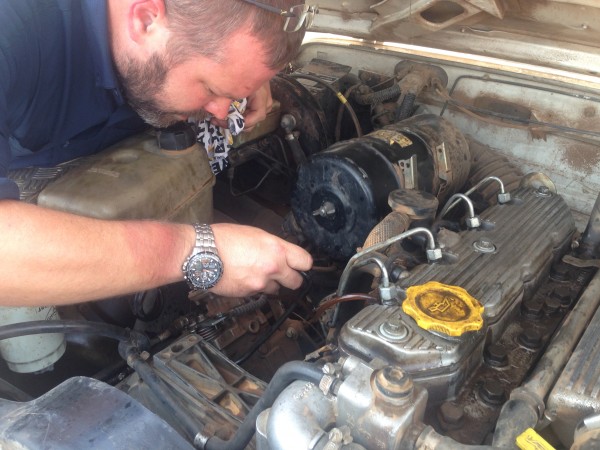
Trying to figure out the source of the air in the fuel
Last night Reg spent some time on it and though we think the fuel lift pump is the culprit (and weak), it’s working well enough to make the 500km run to Francistown, Botswana tomorrow.
Stinking Thieves
We thought Zambia was different. Mark accidentally left Juliana’s big Nikon camera at a restaurant in Lusaka. Mark wanted to go by and see if it was there, I was skeptical, it was lost forever. However, the next day our friend and TED Africa Fellow, Mulumba went by and they had found and kept it for us. Where were we? This doesn’t usually happen in a big African city…
Today, we had to run to pick up some food at the local Shoprite grocery store in Livingstone. We locked up the Land Rover and went in for 30 minutes or so. When we cam out we found everything sitting in the back seat was stolen, including a nice 300mm Nikon Lens, a riding vest, and most importantly of all, our amazing Med Kit. This med kit is put together by my wife, a nurse practitioner, and has some of the best expedition stuff you can find.
Oh, just found out that they got our Mozilla Firefox phone… this is a 3-SIM phone, and it’s what we used to top-up credit on SIM cards and figure things out along the way. What a shame.
We’re more than a bit pissed off about this, if I found the thieves there might be violence.
Pushing On and a Jua Kali hack
With the vehicle acting well all day today, the bikes tightened up and a chance to rest ourselves, we’re all set to hit the Botswana border in the morning and do a run down to Francistown. Reg had to head back to Kenya, so Mark will take over on the Land Rover, though we will miss having an engineer with us.
With Joel’s riding vest gone, we had no water for him. Fortunately, I carried an extra bladder. We put together a jua kali water pack for him using this, along with one of those small Alite chair bags, and a couple Rok straps (see below).
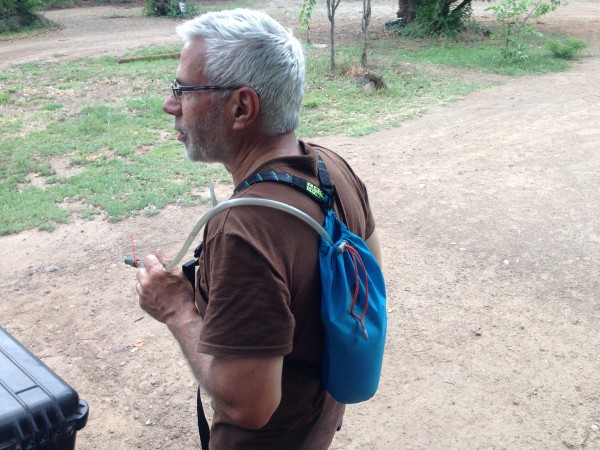
A 2 liter water pouch, a small chair bag, and two Rok straps make a new backpack for water.
